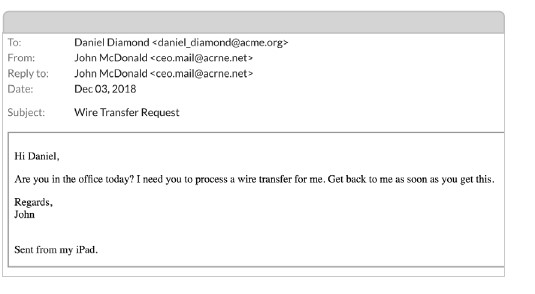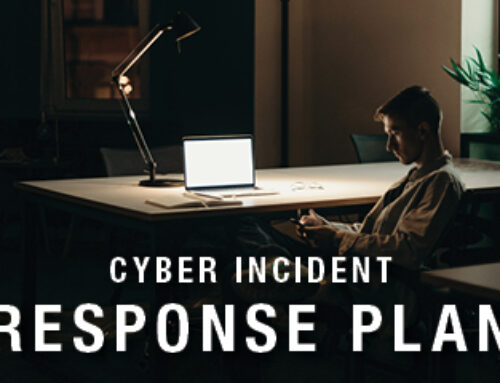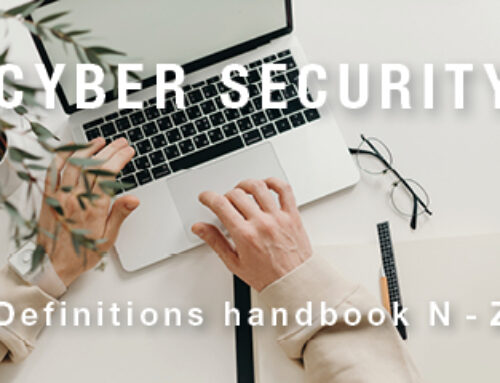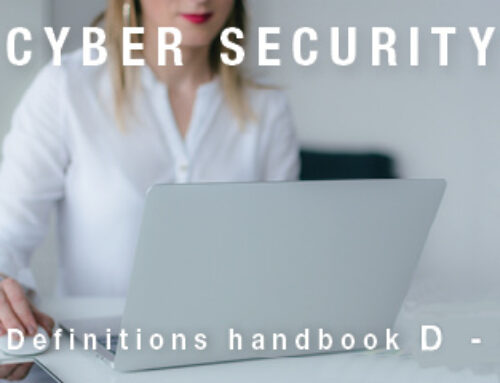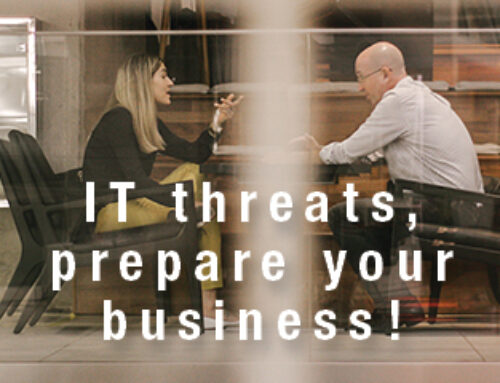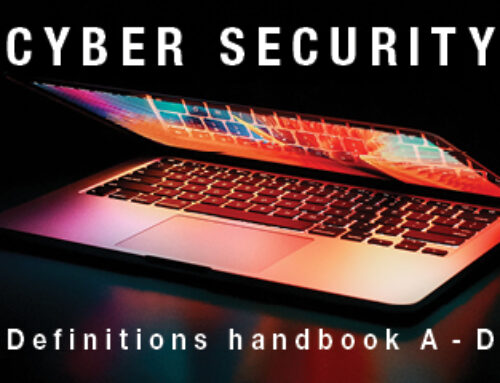Good cybersecurity is always a challenge.
No matter what size of business you are or how complicated your home computer environment is we are all aware that the challenges of staying cybersecurity are ever present. The daily papers and many research reports indicate the challenge is becoming bigger and more complex.
Covid 19 has contributed to the complexity of the cybersecurity challenge with the requirement for people to work remotely, and now we have the ‘here to stay’ hybrid challenge of combing remote working with a return to working in the office.
Part of the challenge is to how to effectively support your workers from home and ensure that employees accessing business networks using their own devices is undertaken in a manner that minimise and mitigates risk of a cyber-attack.
The reported common statistics that we should all be aware of:
Reported by IBM – “95% of cyber-attacks are caused by human error”
Reported by cyber.gov.au – “1 attack every 10 minutes and 43% of cyber-attacks target SME business.”
What does this mean?
A key focus of cybercriminals is small to medium business because typically they have minimal preventative measures in place. They have less capacity for dedicated resources within their business and as a consequence their dollar investment in cyber security is less.
Overcoming this can be a big challenge, that’s where Computer Troubleshooters cybersecurity services can help. We are focused on the delivery of cybersecurity services for this market segment.
Ransomware continues to be a major challenge. The Australian Cyber Security Centre in its Annual threat report 2021 reported a 15% increase in ransomware attacks on the previous year. The report identified that the attacks disrupted a range of sectors including professional, scientific and technical organisations, and those in health care and social assistance.
Ransomware is normally delivered through email either as an attachment or via a web link. Other ransomware attacks can be delivered directly from websites that contain the malicious code.
Ransomware when activated works by locking up or encrypting your files so that you can no longer use or access them. Sometimes, it will shut down your devices. The impact is your data files cannot be accessed until a ransom is paid.
Ransoms are typically paid using an online digital currency or cryptocurrency such as Bitcoin, which is very difficult to trace. Paying a ransom does not guarantee a victim’s files will be restored, nor does it prevent the publication of any stolen data or its on-sale for use in other crimes. It can increase the chances of your business being targeted again.
The ASCS report identified that email compromised cyber-attacks continue to be a major threat for Australian businesses. The report identified that the annual cost of a business email compromise attack in the 21 fiscal year increased by 154% to the previous year. The estimated cost to an individual business is $50,600 AUD.
What is Business Email Compromise? (BEC)
Business email compromise is a technique whereby the attacker obtains access to a business email account and imitates the owner’s identity to defraud the business and its employees. BEC focus their efforts on employees who have authority with bank accounts or employee personal information.
The attack is often a request to transfer money by an electronic transfer or wire. Often including no attachments or links meaning one has to be very diligent in looking for the clues.
Can you spot the error? Clue, read the email addresses.
Why target employees with access to personal information?
The attacker’s objective is to manipulate where an employee’s salary is being paid to. In other words, have the transfer of employee wages to an account under their control rather than the usual and correct bank account.
How do they do this? By impersonating the employee and providing new bank account details for the employer to pay into. Payroll scams are around 8% of all BEC attacks.
How does an Australian Small business protect against a BEC attack or any Cyber security attack?
No matter what size of business you are the starting point is to mitigate your risk of attack by being proactive by implementing a number of tools and processes within your business that are in line with the key standard for Australia called the Essential Eight.
All Computer Troubleshooters services are aligned to ensuring that you are meeting the requirements of the essential eight. It is possible that you can implement the essential eight by yourself but remember this involves time and then it involves ongoing monitoring and maintenance of your defence strategies. That why you should consider using a specialist who is focussed and is proactive in ensuring your risk is minimised like your local Computer Troubleshooter.
Mitigating the Risk of Cyber-attack
- Ensure all operating systems, software and applications are automatically updated. (Patch management)
- Ensure that your organisation is regularly backing up your important data.
- Educate and train your staff in cyber security help them recognise suspicious emails, links within emails and attachments.
- Ensure you have a policy framework in place that all staff have signed off on.
- Where appropriate implement multi factor authentication to access services.
Audit and secure your devices and any internet exposed services on your network (Remote Desktop, File shares or Webmail) handy to have a professional reliable IT person supporting you on this.
- Control access to your network and ensure users only have access to what they need to perform their role.
- Enforce a password policy ensure people are forced to change passwords regularly implement a password manager to eliminate people sharing or writing down passwords.
- Have a cyber security incident response plan
- Educate, Educate, Educate, build a cyber culture it is not a once off event it is ongoing, conduct regular phishing simulations, think about doing a vulnerability testing, share stories
Finally, work with an IT Support professional like your local Computer Troubleshooter who can start the process with an IT security risk assessment. Call 1300 28 28 78 or visit Computertroubleshooters.com.au/location


